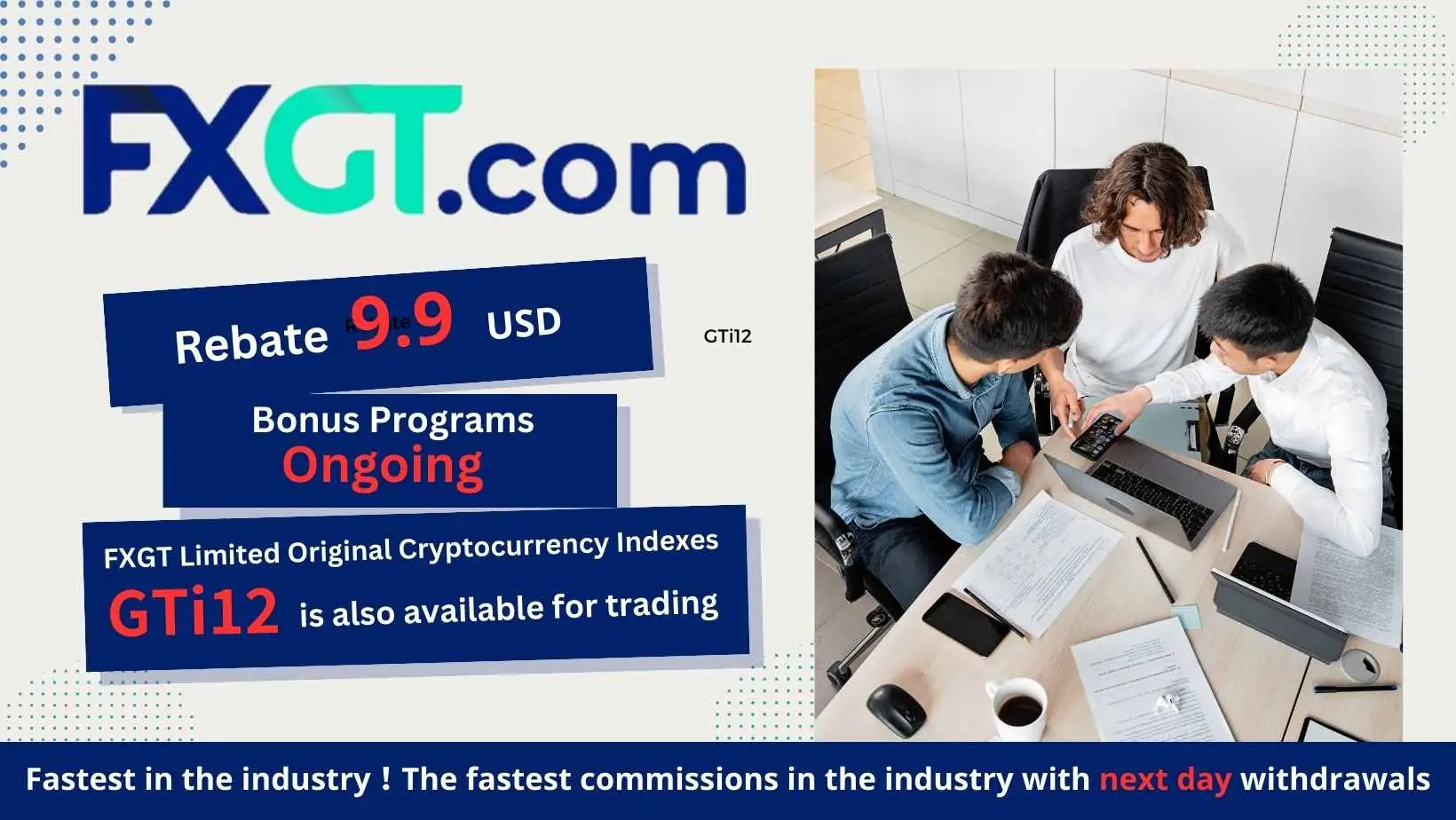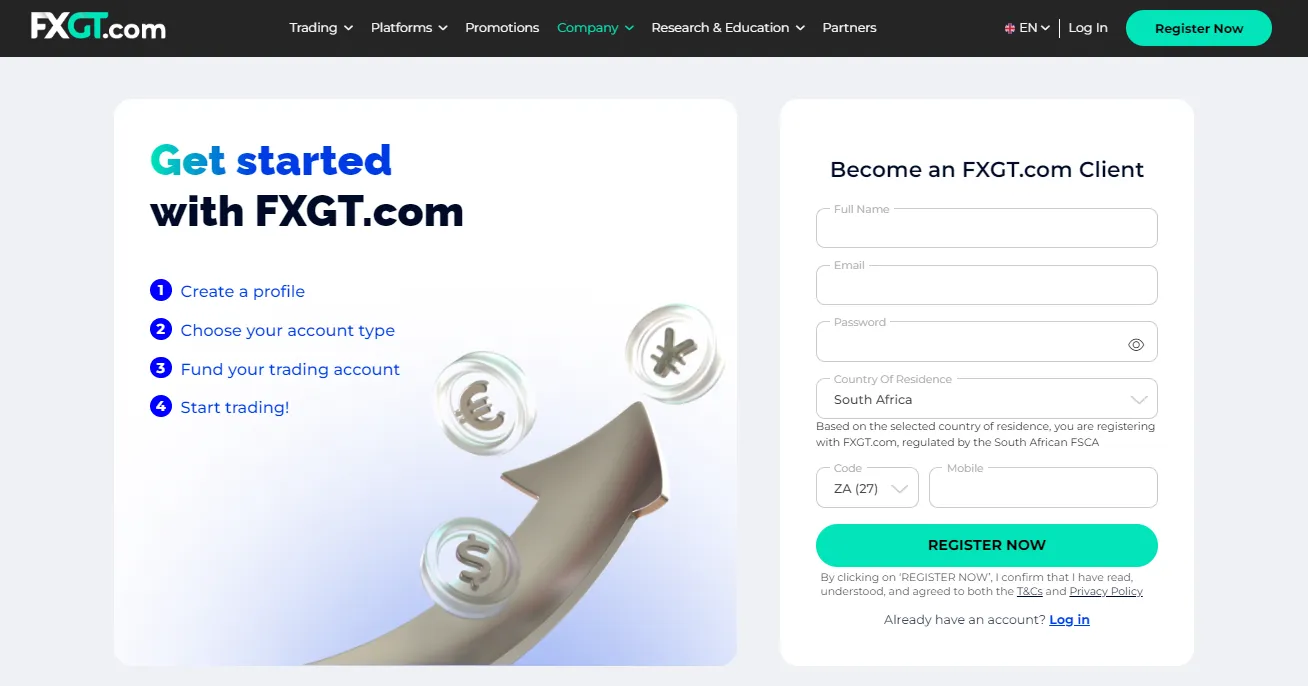Introduction to Margin Maintenance in South African Forex Market
The South African forex market has undergone significant evolution in recent years, making understanding Safe Margin Maintenance Zones crucial for traders. This vital trading concept determines how safely your positions can weather market volatility. South African traders face unique challenges with the ZAR’s fluctuations against major currencies, making proper margin management essential. The local market’s characteristics, including higher volatility during European and US trading sessions, require traders to maintain adequate margin levels. Understanding these dynamics helps prevent unwanted position closures and maintains trading flexibility.
Comprehensive Margin Maintenance Rate Analysis
| Component | Description | Impact Factor |
| Net Asset Value | Total capital minus debts | High |
| Required Margin | Minimum needed for trades | Medium |
| Leverage Ratio | Trading multiplication factor | High |
| Base Price | Current market price | Medium |
| Position Size | Trading volume | High |

Safe Margin Maintenance Zones by Trading Style
Lorem ipsum dolor sit amet, consectetur adipiscing elit. Ut elit tellus, luctus nec ullamcorper mattis, pulvinar dapibus leo.
Scalping Operations (300%):
- Rapid position entry and exit
- High-frequency trading patterns
- Lower margin requirements
- Quick profit taking
- Minimal overnight exposure
- Tight stop-loss levels
- Requires constant monitoring
Day Trading (500%):
- Intraday position holding
- Medium-term market exposure
- Balanced risk approach
- Regular market analysis
- Position adjustment flexibility
- Multiple trading opportunities
- End-of-day closure requirement
Swing Trading (800%):
- Extended position holding
- Higher margin requirements
- Trend following strategies
- Fundamental analysis importance
- Weekly chart analysis
- Broader stop-loss ranges
- Lower trading frequency
Advanced Risk Management Strategies
Maintaining healthy Safe Margin Maintenance Zones requires comprehensive risk management:
| Strategy Level | Required Actions | Monitoring Frequency |
| Conservative | 1000%+ maintenance | Daily |
| Moderate | 500-800% maintenance | Twice daily |
| Aggressive | 300-500% maintenance | Hourly |
Key Implementation Steps:
Position Sizing Controls:
- Account equity-based calculations
- Volatility adjustments
- Market condition assessment
- Regular position reviews
- Risk per trade limits
- Correlation considerations
- Portfolio diversification
Stop-Loss Management:
- Technical level placement
- Volatility-based adjustment
- Regular monitoring schedule
- Trailing stop implementation
- Risk-reward ratio maintenance
- Emergency exit planning
- Weekend gap protection
Account-Based Margin Guidelines
| Account Size (ZAR) | Safe Margin Zone | Max Risk per Trade | Daily Monitoring |
| 5,000 – 25,000 | 800%+ | 2% | Every 4 hours |
| 25,000 – 100,000 | 600%+ | 3% | Every 2 hours |
| 100,000 – 500,000 | 400%+ | 4% | Hourly |
| 500,000+ | 300%+ | 5% | Continuous |

FAQ Section
What determines the optimal Safe Margin Maintenance Zone for my trading style?
Your trading style, account size, and risk tolerance are key factors. Consider market volatility and trading frequency. Newer traders should maintain higher safety margins until they develop consistent profitability.
How do market conditions affect Safe Margin Maintenance Zones?
High volatility periods require higher maintenance rates. Economic events can impact margin requirements significantly. Always increase safety margins during major news releases or uncertain market conditions.
Can I adjust my Safe Margin Maintenance Zones during trading?
Yes, but changes should be strategic and planned. Consider market conditions and your overall trading plan. Maintain consistency with your risk management strategy while making adjustments.
How does leverage impact Safe Margin Maintenance Zones?
Higher leverage reduces initial margin requirements but increases risk exponentially. Lower leverage allows for more conservative trading approaches. Always match leverage to your experience level and risk tolerance.
What emergency procedures should I have for margin calls?
Develop a clear action plan including position reduction strategies. Maintain emergency funds for margin calls. Consider automated monitoring systems and alerts for critical levels.













